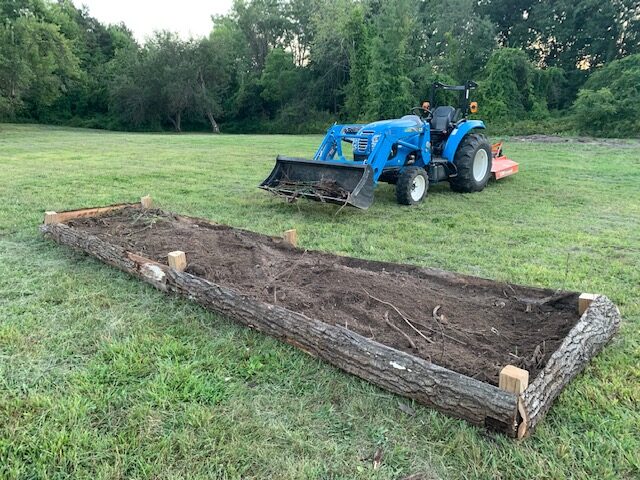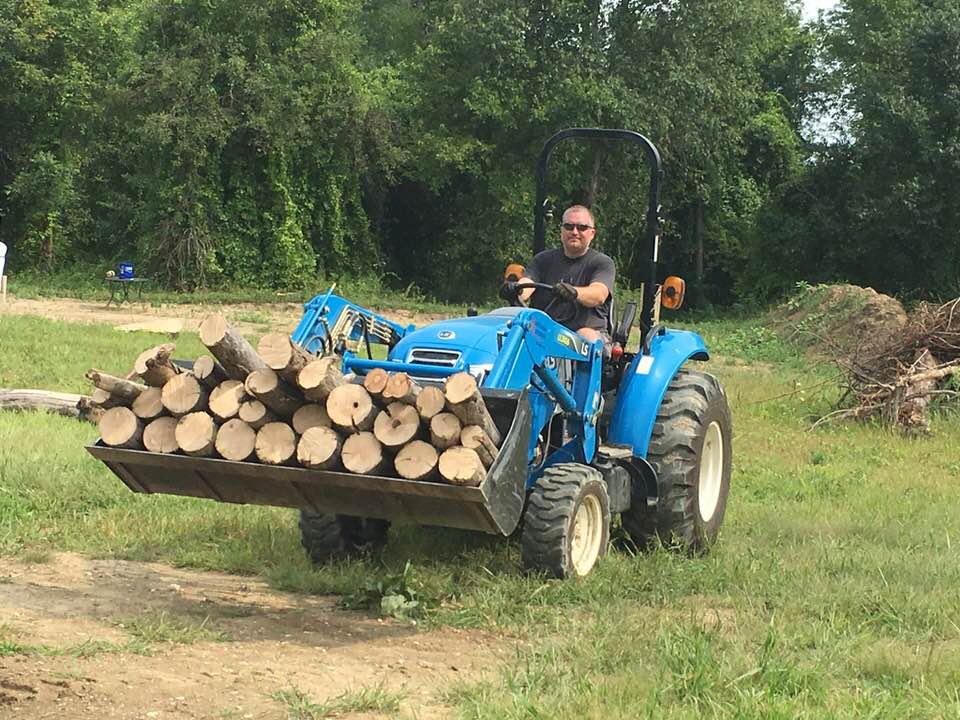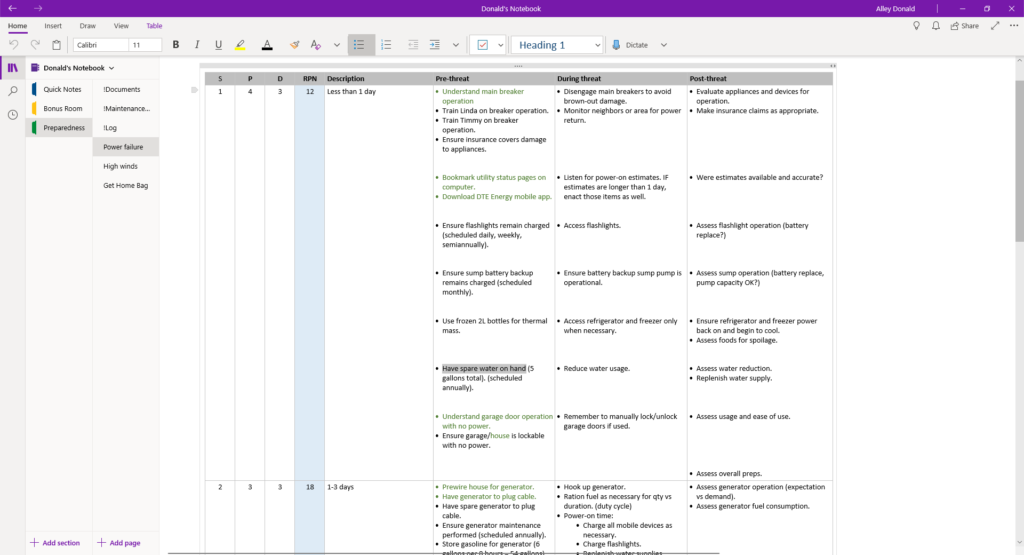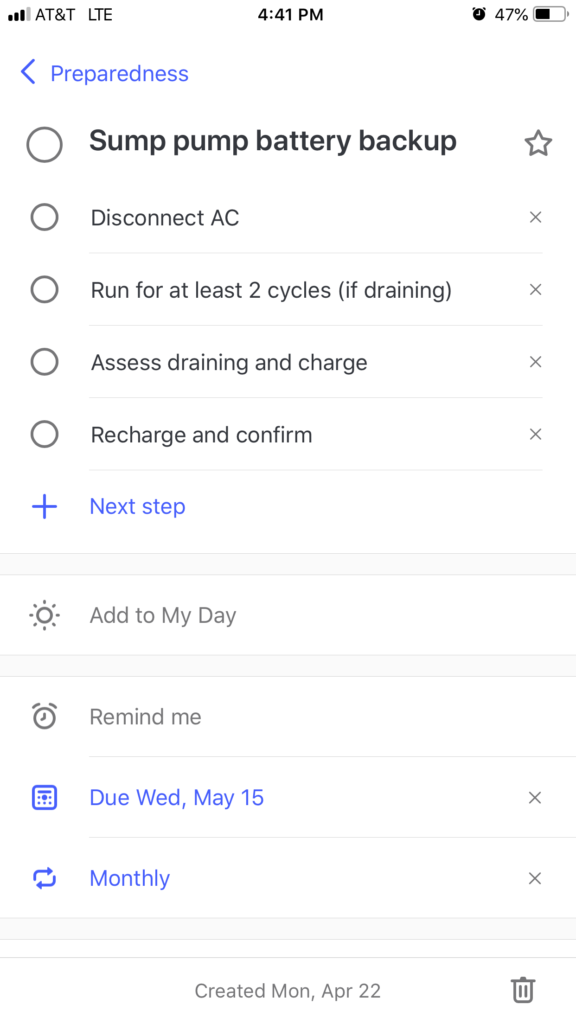This article is part of a series discussing if Homesteading is right for you, and the advantages and disadvantages of more rural living.
In the last post there were several considerations about the location of your homestead. Commuting and telecommuting, distances you can tolerate, a more isolated lifestyle, infrastructure needs, and risks and resources. In this segment, let’s consider what we can do with our property and how we can put the land to work for us.
Available resources
The first thing to assess is the resources already available on the land. What foliage exists, and what types of flora might be beneficial to invest in. When I purchased my property, the original owner had planted many apple trees. The advantage is I have abundant apples, but years of neglect have destroyed many of these trees and bringing them back to health has been a chore.
Additionally, we’ve found very large sugar maples, and made maple syrup for the first time. There are abundant blackberries. We found a large patch where morel mushrooms grow in abundance.
We have countless deer, rabbits, and cranes visit our yard regularly.
The natural woodland one would expect is a bit missing on my property; the previous owner having cleared much of it away for an orchard. I heat with firewood, and there is limited standing timber to harvest.
I have wetland on my property, and a small lake only 50 yards off my property line. A cordial neighbor agreed to water access and fishing rights.

Accessing the resources
Once the resources are identified, it makes sense to ease your ability to get to them. Whether making a path through the overgrowth, turning a section of overtaken orchard back into ‘yard’, or even installing a dock, getting at needed resources is very important.
When I was clearing some overgrowth with my tractor, I noticed a gap between the trees. The grass was easily 5′ tall in this area. I put my front end loader near the ground. This not only beat down the grass and prevented my tractor’s radiator from becoming loaded with debris, but it acted as a handy probe in case of rocks or stumps. The rear of my tractor was equipped with a rotary cutter, able to mow down all manner of foliage and even saplings up to 3″ thick.
As I followed the new trail, I realized it must have once been the access road for the orchard. It circumnavigated the entire orchard area, and finally doubled back to the central area I had built my house.
This trail now provides important access to the wetland, the maple trees we tap for syrup, and out to the corners of my property.
Start grooming the land
Similarly to utilizing the resources already at hand, start grooming the land for expanding its capabilities to meet your needs. For me, that was putting in a gun range. It was also clearing back much of the overgrown grapevine and Asian Bittersweet that has invaded the property.
Depending on how much land you have and the amount of work you want to do, you may leave some land overgrown and natural. It’s fine.
Importantly, LEARN TO GARDEN AND BUILD A GARDEN. This is the one thing I wish I had gotten to earlier. It doesn’t take much to install one, and garden maintenance can be one a few hours a week. The self sufficiency gained is very important as you get real, tangible results after only your first season.
Look over your garden and revel in the self sufficiency it will one day provide. No HOA Member telling you the tomatoes are ‘unsightly’, or the sunflowers are bringing too many bees to the area…

Assess your needs
Now that you have something started, grow into it. Trying to feed a family of 4 with just what you grow, and hoping to accomplish that right away, carries a high chance of failure. Weeding the garden is hard at first. What is food and what is unwanted. How hard is it to tell? Why does my back hurt? You definitely have the energy for a smaller garden, and can work your way up as you gain experience.
Within a couple season, you’ll have a great idea of what your family likes and dislikes, what you might be able to sell, and what grows best in your area. Use that knowledge and focus on it; just don’t focus to the exclusion of other things. You family has dietary needs, both nutrients and caloric intake.
After a couple years is the time to truly start to assess those needs and expand for them.
Building infrastructure
Whatever you add, you will likely need equipment to upkeep it and make it thrive. IBC totes allow you to store water for the long haul. This is great for gardening.
If you are making syrup, a network of tubing and a way to route it might need to be thought up. Trees might need pruning while you know what branches are healthy in the summer.
I built a small shed for my gun range. No more lugging targets, pylons, staple guns, and other equipment every time I go out there.
Find the experts who KNOW each topic. Trade them your knowledge or pay them.
This is a marathon!
Remember, you will not achieve self reliance and sustainability overnight. It will take a couple of years just to feel like you’ve gotten started. A few more to feel like you’re thriving. Along the way, you are getting better. More knowledgeable. Wiser. You’ve worked, and know what works. Things go from a “That’s impossible!” to “Gimme 5 minutes” pretty quickly.



